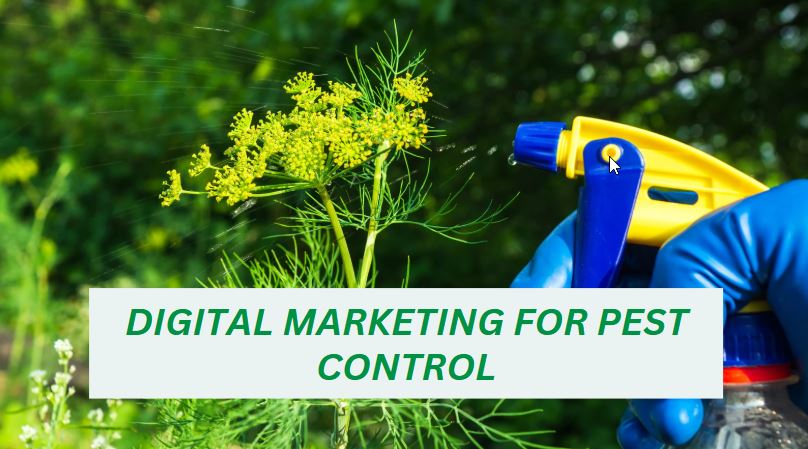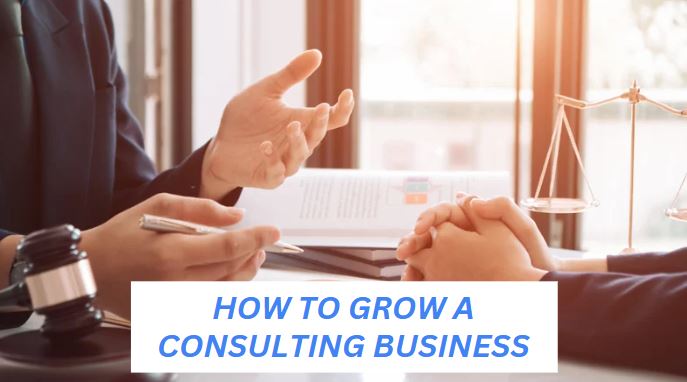If you’re a small business owner, you might be struggling to find the right words to connect with your audience online. You’re not alone. Getting your message seen and acknowledged can be tough, especially when there’s so much online noise and competition. Thankfully, you don’t have to be a copywriting genius or need a massive marketing budget to create compelling copy for your brand. In this guide, we’ll give you some actionable tips that can help you craft the type of copy that connects, convinces, and converts your target audience. Let’s dive in.
Copywriting Tips for Small Businesses
The importance of good copy is undeniable. According to a report, 47% of buyers view at least 3 – 5 pieces of content before getting in touch with the sales representative. Here are 7 copywriting tips for small business owners to help you sell more.
Know Your Audience
First things first – understand who you’re talking to. Create a vivid picture of your target customer. Where do they live? What do they like? What are their problems? Ask yourself all the questions that can help you better understand your target audience. For instance, if you’re selling organic baby food, your target audience would be health-conscious parents. Get in the shoes of your target customer to understand their pain points, desires, and goals. Knowing who you’re addressing will help you write persuasive and action-generating copy.
Keep It Simple
While writing a piece of copy, avoid using industry jargon and difficult vocabulary. The goal is to communicate the message to the reader; not impress them with fancy vocabulary. Keep your language simple and easy to read. Imagine you’re talking to a friend over coffee. For instance, instead of saying “Our innovative solution optimizes productivity paradigms”, you could say something like “Our tool helps you get more done in less time”.
Focus on Benefits, Not Features
People don’t buy products. They buy solutions. Instead of getting into the details of the features your product or solution offers, tell them how it will make their life easier or better. For instance, let’s say you’re trying to sell a new pillow with memory foam. Instead of “It’s made of memory foam”, say “Wake up refreshed and pain-free”. Remember, features tell, but benefits sell. While writing a piece of copy, paint the picture of how the life of your customer will look after purchasing your product.
You May Also Like: Affiliate Marketing for Small Businesses
Use Power Words

Power words add flavor to your copy and make it more attention-grabbing. For instance, words like “Free” and “Limited” make your headlines catch your attention instantly. In addition, words like “Heartbreaking” and “Amazing” evoke emotions, helping you build an emotional connection with the reader. Here are some more power words with the specific emotion they evoke:
Curiosity: “Revealed”, “Secret”
Exclusivity: “Members-only”, “Insider,”
Urgency: “Now”, “Limited”
Trust: “Guaranteed”, “Proven”
Create a Sense of Urgency
Creating a sense of urgency helps you convert confused prospects into buyers. It’s also known as leveraging the fear of missing out (FOMO). Here are some ways to add urgency to your copy:
- Limited-time offer: “Sale ends at midnight”
- Limited quantity: “Only 3 spots left”
- Countdown timers: Add a visual timer on your landing or sales page
However, note that false tactics can damage your reputation badly. You want to make your FOMO tactics authentic. For instance, if you’re going to end the sale after midnight, people shouldn’t see it post-midnight.
Tell Stories
Stories help you build a connection with the prospect and make your brand more relatable. Plus, using them at the start of your copy is a great way to hook readers. It helps you evoke certain emotions, which can help you sell more. When it comes to crafting compelling stories, your creativity is the only limit. They can be about anything, including:
- Your company’s origin
- A customer’s transformation
- A day in the life of your team
- The journey of your product from idea to reality
Related: What is Storytelling in Marketing and How to Use It
Use Social Proof
Adding social proof to your copy is a perfect way to build trust and credibility. Customer reviews and testimonials are probably the most effective form of social proof. It shows potential customers that you’re a legitimate business that has helped other people in the past. As a result, they’re more likely to trust your brand and product, which often results in more conversions. Consider adding them at the bottom of your sales copy because positive reviews are perfect for pushing confused prospects over the edge and converting them into customers.
Use a Clear Call to Action
Your sales or conversion copy should have a single call-to-action (CTA) so that your visitors don’t get confused. Plus, add your CTA in multiple locations on your page. Make it more visible by using clear and large fonts. In addition, your CTAs should be clear, specific, and action-oriented.
Proofread and Edit
Once you’ve written a piece of copy, proofread it for spelling, grammar, structure, and accuracy. Your copy is often the first interaction your prospect has with your brand. You don’t want to mess it up. Plus, when your copy doesn’t have any errors, it positions you as a professional and builds authority.
Copywriting Tips for Small Businesses: FAQs
Here are some commonly asked questions about copywriting for small businesses.
What are the Three C’s of Copywriting?
The Three C’s of Copywriting are Clear, Concise, and Compelling. Clear copy is easy to comprehend, concise copy is to the point, whereas compelling copy drives action.
Do Small Businesses Need Copywriters?
Yes, because they need persuasive words to hook, engage, and convert their target audience. While it’s not a necessity, investing in a good copywriter can help you achieve your marketing goal faster and more cost-effectively.
What are the 4 P’s of Copywriting?
The 4 P’s of copywriting are Promise, Picture, Proof, and Push. The promise offers the benefit, the picture helps readers visualize the outcome, the proof provides the evidence, and the push encourages action.
Conclusion
Remember that great copy isn’t about fancy words and clever tricks. It’s about understanding what your prospects want and helping them achieve their objectives. An effective piece of copy is simple and concise and helps readers visualize the benefits of investing in your solution. However, remember that copywriting is a skill that gets better with practice. Also, don’t forget to proofread and edit your copy before hitting the publish button.
You May Also Like: Meta Ads vs Google Ads (Which One Should You Use?)




